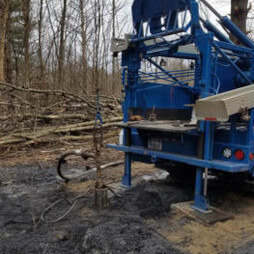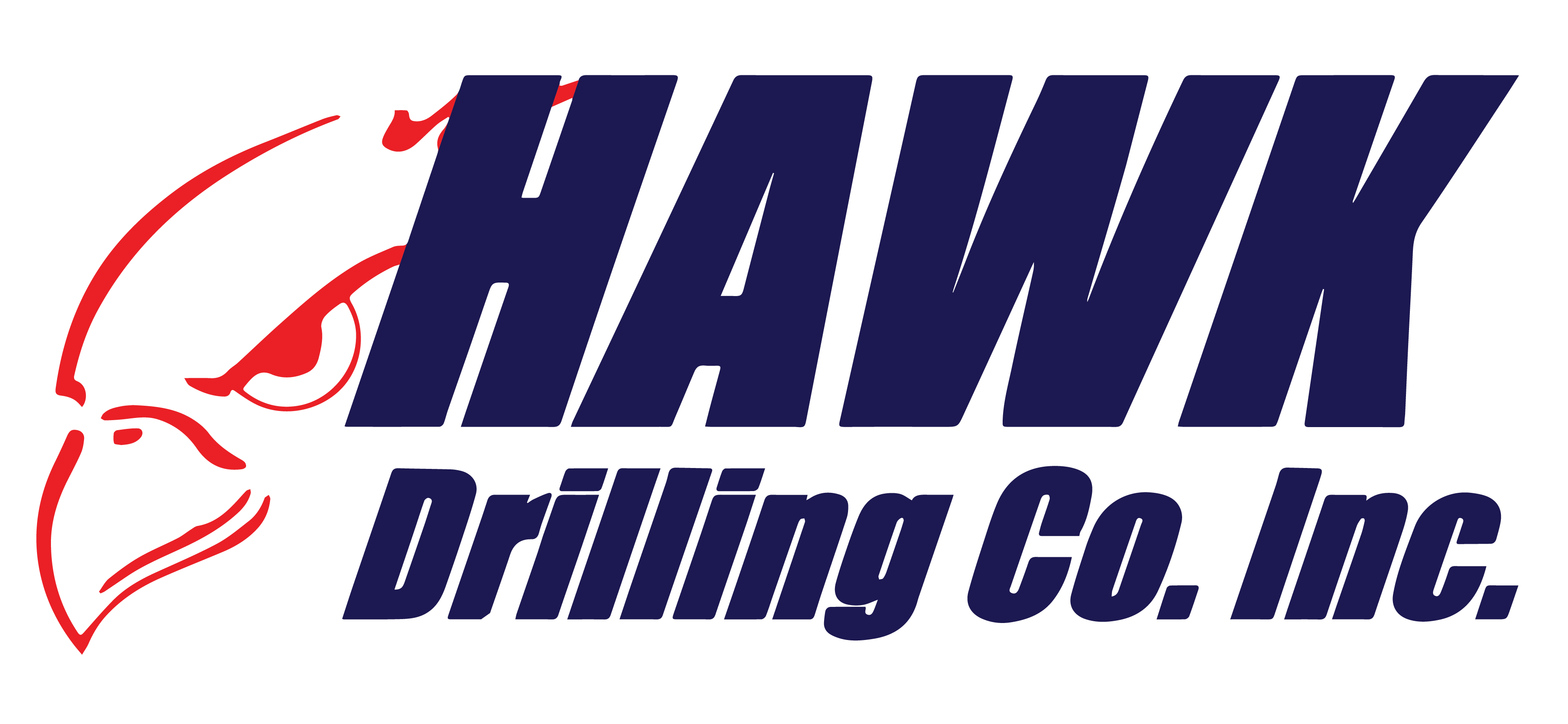Well Rehabilitation
Well Rehabilitation
Down the Hole Video Investigation:
We use a Nano camera that allows us to slip past wire guards to evaluate a well while the pump is still installed. Video investigation is a useful tool for problem wells that have either lost production or have had sudden water quality changes (e.g. sporadic discolored water or sand pumpage). Video investigation gives you a real-time view of the inside of the well.
Allegheny Instruments Nano Vision Well Camera
Hydraulic Development of Low Producing Water Wells:
Hydraulic Development Vs. Hydraulic Fracturing:
Hydraulic Development a.k.a as Hydro-Development should not be confused with High Volume Hydraulic Fracturing (H.V.H.F) from the oil and gas industry. While both are similar in theory they differ in application. H.V.H.F uses extremely high pressures, volumes of water, surfactants and proppants of actually make fractures in the ground and hold them open. Hydraulic development uses Well Water to clean and develop existing fractures in the well that may be plugged up with mineral, clay or biologicals. For more information on High Volume Hydraulic Fracturing visit Drillingformulas.com Fan Page for a video on the Hydraulic Fracturing process.
Hydraulic Development Process:
The Hydraulic Development process uses Well Water to clean and develop existing fractures in the well. The fracture system in the bedrock can be thought of like the arteries and veins in your body. Sometimes you hit an extremely large fracture that produces large amounts of water (your femoral artery) and sometimes you hit a very small fracture that produces very little water (your vein) all within the same fracture system. Sometimes those fractures are plugged with minerals, clay and biological materials (Plaque and Cholesterol in your veins). This is where hydraulic development comes in…


What to Expect During and after Hydraulic Development Process:
As stated above the fracture system in the ground is a connected network that we are attempting to clean. Due to the large volumes of water that are pumped into the network, it is possible to disturb or dirty neighboring wells. If this happens you are not “Stealing” a neighbor’s water the development process is just cleaning the fracture network between the wells. In most cases, this can actually help neighboring wells, though this is an inconvenience and not aesthetically pleasing. Simply pumping on the wells should clean them back up and help clean the network. It is recommended you talk to your neighbors before the hydraulic development process occurs.
How it’s done:

The Set
An inflatable packer (large Balloon) Is lowered into the well and out the end of the casing. Once inflated Well Water is pumped through the center of the packer at a rate of up to 100 gallons per minute (gpm) and up to 2000 pounds per square inch (psi) of pressure. Because fluid is incompressable the development water will over pressure the formation and start leaving the well through the existing plugged fractures. As the water leaves the well at the high rate it will clean the fractures breaking up mineral and washing out clay and biological material. When this happens the water pressure will begin to drop indicating the fractures are being cleaned. The technicians will monitor the down hole pressure and determine when pressures are low enough to stop pumping.

The Return
Once the technicians determine pressures are low enough to cease pumping. The pump is shut down and water begins to “return” to the well. This happens because the development process has over-pressurized the surrounding formation. Once the pumping has ceased the downhole pressure drops lower than the formation pressure allowing the water to return to the well carrying with it the loosened mineral and sediment. The amount of return gives the technician indicators (while not definite) of how the development went. Generally, but not always the less return the better the production success because the surrounding fracture network has absorbed most of the development water.

Try for More Sets
Depending on results of the first set technicians will attempt to reset the packer at more locations in the well to develop as many zones as they feel possible (This depends on the amount of water available).

Pump the Junk
Once the technicians have exhausted all the trucked-in development water the hydraulic development process is complete. At this time the pump will either be put back in the well or it will be tested by airlift with the drilling machine. Both processes begin to reduce the development of water from the fracture system along with all of the loosened materials that were developed out of the zones. After all development water has been reduced an accurate yield can be calculated (Note on the development of an existing well the pump will be reset in the well and the pump will be left running under the supervision of the homeowner. Additional yield tests can be scheduled.)
Well Acidization:
This process is used mostly for cleaning off hardness and scale build-up from well screens. A strong (NSF-approved) acid is injected into the well and the screen is hydraulically jetted or mechanically cleaned to break down any material. The well is then back flushed with sterile well water to push the acid into the surrounding formation. The well is then pumped to clear until the pH is back within the normal range. This process can take anywhere from 4 hours to 2 days. This process can be very successful and in some cases, ends with a recharge rate higher than that of the original well installation.
